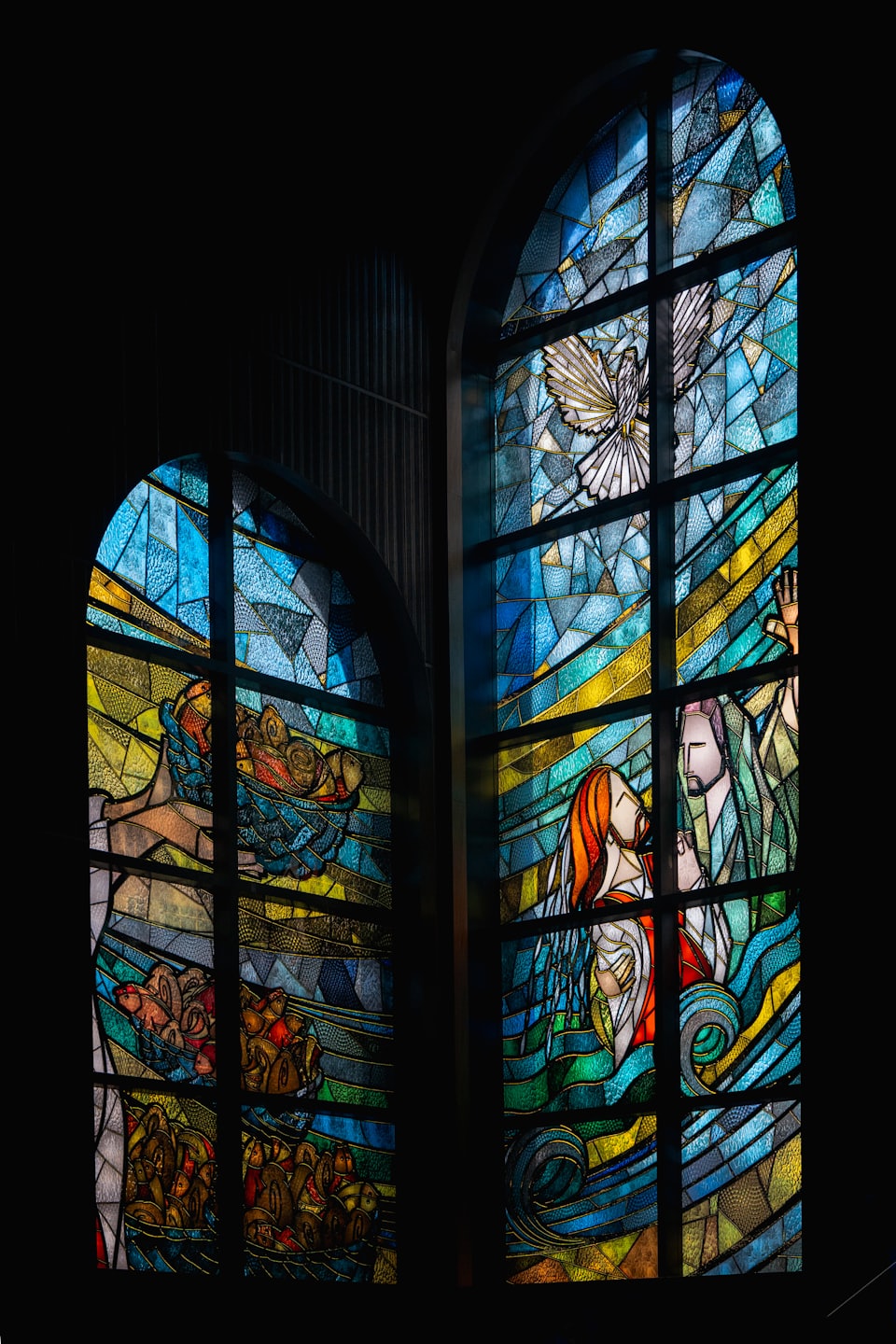The artistic depiction of Jesus Christ has a rich and complex history, evolving significantly over two millennia. From early, clandestine symbols to the globally recognized image of a bearded man with long hair, the representation of the Savior in art has been shaped by shifts in theology, artistic movements, and cultural context.
Who First Depicted Jesus Christ?
The earliest artistic depictions of Jesus were not the realistic portraits we are familiar with today. Instead, they were subtle and symbolic, a necessity in a time when Christianity was a persecuted minority religion in the Roman Empire. The first known examples of Christian art, dating to the late 2nd and early 3rd centuries, are found in the Roman Catacombs.
Instead of showing a physical likeness of Christ, these early artists used imagery from both the Bible and pagan traditions to convey Christian messages. The most common motif was “the Good Shepherd,” a beardless, youthful figure in pastoral scenes, often with a lamb over his shoulders. This image, which drew on pagan representations of Hermes and Apollo, symbolized Christ as a caring protector and guide. Other symbols, like the fish (ichthys), anchor, and peacock, also served as coded references to Christ.
One of the earliest direct depictions of Jesus can be found in a mural from the Dura-Europos church in Syria, dating to around 235 CE. This fresco shows a beardless, short-haired Jesus performing a miracle, and in some early art, he is even depicted with a wand, reflecting the Roman cultural association of miraculous acts with magic.
How Do We Know What He Looked Like?
The short answer is that we don’t. The Gospels and other early Christian texts provide no physical description of Jesus.
In the Old Testament, Isaiah does say, “he hath no form nor comeliness; and when we shall see him, there is no beauty that we should desire him.” Some people interpret this to mean that Jesus Christ was not unusual enough in his appearance to make people notice Him in that way. However, we don’t know exactly what He looked like.
This lack of a definitive description gave artists from different cultures and time periods the freedom to portray him in a way that resonated with their own communities.
The familiar image of a bearded, long-haired Jesus with a robe, as we see in countless artworks, emerged gradually. This “Syrian” style, as it’s sometimes called, became more prevalent after the Edict of Milan in 313 CE, which legalized Christianity. As the religion became the dominant force in the Roman Empire, artists began to move away from the youthful “Good Shepherd” and toward a more mature, authoritative figure. This new depiction was influenced by representations of classical gods, particularly the Greek god Zeus, and symbolized Christ’s divine power and wisdom.
This standardized look was further solidified during the Byzantine Empire (c. 330–1453) in the form of icons. These images, such as the Christ Pantocrator (Christ the Almighty), emphasized Christ’s divine nature and became a powerful tool for worship and theological instruction. This iconographic tradition, with its strict conventions and focus on the otherworldly, cemented the image of a bearded, long-haired Jesus that has endured for centuries.
The Popularity of Depictions of Christ
The popularity of depicting Christ has fluctuated throughout history, often tied to theological debates and cultural shifts.
- Early Christianity (2nd-4th centuries): Depictions were limited and often symbolic due to persecution and a debate over “graven images,” a prohibition from the Old Testament. The main purpose was to create a visual language for the persecuted and believing community.
- Byzantine and Medieval Periods (5th-15th centuries): With the rise of Christianity as an official religion, depictions of Christ became incredibly popular and widespread. In the East, icons were central to worship, while in the West, grand mosaics, stained glass, and illuminated manuscripts narrated his life and teachings. The purpose of this art was to 1) teach a populace that could not read and 2) inspire devotion.
- The Renaissance (14th-17th centuries): This period saw an explosion of artistic depictions of Christ. Artists like Leonardo da Vinci, Michelangelo, and Raphael, influenced by humanism and a return to classical ideals, focused on portraying the human and emotional aspects of Christ’s life. Works like the Last Supper and the Pietà became some of the most famous artworks in history, blending spiritual themes with a newfound mastery of realism.
- The Protestant Reformation: The Reformation created a major divide in how Christ was depicted. Many Protestant denominations, particularly Calvinists, rejected religious art as idolatry and destroyed many existing images. This led to a stark contrast in artistic traditions between Catholic and Protestant countries.
- Modern and Contemporary Era: Today, depictions of Christ are incredibly diverse. While the traditional image of a European Christ remains dominant in Western art, a globalized world has led to a proliferation of images reflecting different ethnicities and cultures. Artists from Asia, Africa, and Latin America now often portray Christ with features from their own people, a trend that reflects the faith’s global reach. This period is also marked by a wider range of artistic styles, from realism to abstraction, as artists explore personal and social themes related to Christ’s life and teachings.

